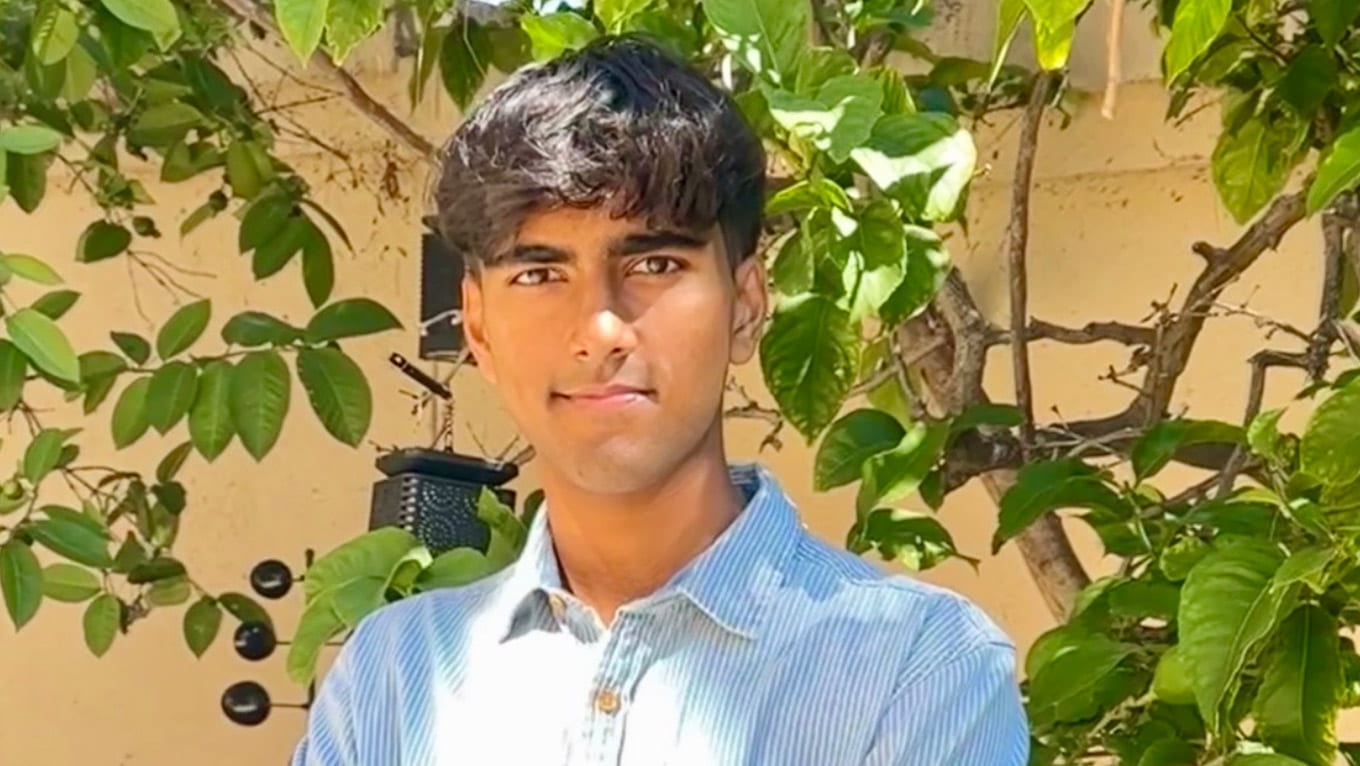Degree Program: Computer Science, B.S.
Department: Computer Science and Engineering
Hometown: Irvine, CA

“I’d like to have my own company one day, something that allows me to use engineering to drive social or environmental change.”
Akshat Sharma is a rising second-year computer science student at the Baskin School of Engineering. This summer, he built a system that balances and redirects excess solar energy power to charge electric vehicles, called TesPhase. His short term goals while studying at Baskin Engineering include improving upon TesPhase’s technology, conducting AI research on campus, and pursuing summer internships. After graduation, he hopes to join industry and eventually become an entrepreneur.
Why did you choose to study at the Baskin School of Engineering?
I chose Baskin Engineering because its engineering programs stood out to me, and I thought with the school being so close to Silicon Valley, it would open the door to many opportunities for internships and making industry connections. I also really loved the campus. Overall, it felt like a good fit, academically and personally.
What experiences shaped your interest in the field of computer science?
My first experience with computer science was in middle school when I joined a competitive robotics club. In high school, I was the captain of my programming team. We won the Think Award in the FIRST robotics competition, which motivated me to keep pursuing engineering. I also got to take a couple college-level courses as a high school student and did an engineering/AI internship the summer before my freshman year at UCSC.
What has your experience been like so far at UCSC?
My first quarter was nice because I had a good amount of free time so I was able to make friends and enjoy the social aspects of freshman year. So far, I’ve really liked the format of all the computer science courses I’ve taken and my professors have been really helpful, especially Professor Tracy Larrabee. I’m looking forward to the classes getting more complex.
Describe TesPhase, the Tesla-Enphase Solar Synchronization project you worked on this summer.
The general idea of TesPhase is about balancing and redirecting excess solar energy power to charge electric vehicles. I developed everything in Python. Right now, this project is only directed towards two major electric vehicle companies: Tesla and Enphase. It’s a system that connects with Enphase solar gateway on one end and Tesla vehicle charging on the other. It promotes sustainability by reducing dependency on the power grid and just utilizing solar energy production. I programmed the system to provide alerts for critical events like peak electricity hours and how to maximize solar usage. I’m currently in the works to make TesPhase widely accessible as a smart home system, allowing households to make full use of their solar energy.
Do you have an idea of what you want to do after graduation?
I’d like to have my own company one day, something that allows me to use engineering to drive social or environmental change. In the short term, I’m interested in software engineering and AI roles.
What advice would you give to students who are interested in doing more hands-on engineering work?
Find some problem that you’d like to solve and turn it into an individual project that you can do in your free time. Even if it’s developing a game or some small solution for a problem around the house, you can always find ways to build and improve on it. That’s going to help you take the engineering skills you’ve learned in class and apply it to the real world.
Interview Date: September 13, 2023
This block group hides your featured image, remove this block group to show your featured image again.




